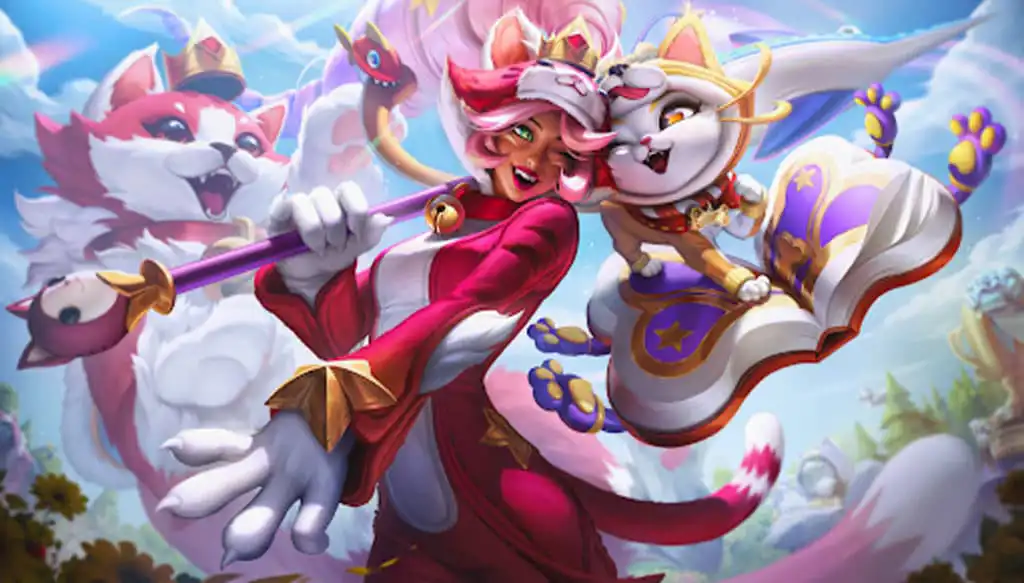Introduction
League of Legends, a popular multiplayer online battle arena game, features a unique role-specific system that sets it apart from other games in the genre. Among these roles, the Attack Damage Carry (ADC) has seen numerous shifts in its importance and effectiveness over the years.
ADCs are traditionally considered the central damage-dealers in most team compositions. However, certain aspects of the game have resulted in ADCs losing some of their efficacies, which has become a topic of debate among players.

It is crucial to understand the evolution of the ADC role and factors influencing its current state: game mechanics, changes in the meta, and the introduction of new champions.
The Traditional ADC Role
In the early days of League of Legends, ADCs were the primary focus of team compositions. They were positioned to farm effectively in the bot lane and scale into late game, providing the bulk of the team's damage.
The role's strength lay in its ability to effectively eliminate enemy players while staying out of reach. To achieve this, ADC champions were designed with ranged attacks and abilities that allowed them to kite enemies and deal significant damage from a distance.
This strength became a crucial factor in late-game team fights where ADCs could influence the outcome of matches to a large extent. With protection from support champions and a well-farmed kit, ADC's importance in the late game was undeniable.
Yet, these factors also made ADCs susceptible to being focused on and eliminated by enemy teams, causing a careful balancing act of positioning and survival.
Meta Changes and Impact on ADCs
The system changed drastically with the introduction of a wide variety of new champions and a shift in meta strategies. This introduced numerous factors that placed pressure on the ADC position.
Adaptations in game strategy saw an increased focus on early game aggression and control, with an emphasis on crowd control and burst damage. This new focus served to neutralize the traditionally passive and scaling-focused ADC.
Smarter junglers also began to take advantage of the ADC's initial susceptibility and the fact that an ADC takes time to scale, often leading to repeated ganks in the bot lane. This resulted in ADCs being pressured throughout the early and mid phases of the game.
Further, champions with mobility and crowd control abilities became prominent, spelling trouble for conventional ADCs with their lack of immediate escape tools.
Introduction of New Champions and Classes
The introduction of new champions and classes has also affected the state of the ADC role in the game. The inclusion of mages in the bot lane, for example, provides early game dominance and crowd control, diminishing the exclusive reliance on ADCs.
Additionally, new ADC champions released by Riot Games feature stronger abilities, improved survival mechanisms and increased mobility.
These champions, with their exceptional lane dominance and disruptive abilities, overshadow traditional ADCs, further decreasing the role's importance and effectiveness in the current game meta.
However, it should be noted that these adjustments in the champion pool have also introduced exciting versatility into team compositions, providing strategic options beyond the traditional two ADCs per team.
Assessing the Current Situation
While it's undeniable that ADC's position in the meta has seen a downturn, it's also important to remember that it still serves a crucial purpose.
ADCs retain their role as the team's primary damage dealer in the late game and with the right protection and positioning, can still turn games in their favor.
The changing meta and character pool have made the game more dynamic, with new gameplay styles and strategies emerging constantly.
Against such a backdrop, ADCs have to adapt and align their play style to the changed environment, focusing on survival to fulfil their role as the primary late game threat.
Conclusion
The current state of the ADC role in League of Legends reflects a balance that Riot Games is constantly striving to achieve in the game – offering each role and class its importance and impact.
While myriad factors may have caused a perceptible decline in the importance and effectiveness of ADCs, it is also these factors that make the game more diverse and strategically intense.
The balance is about shifting dynamics with the introduction of new champions, classes and meta changes, proving that change is indeed the only constant in this popular game.
Thus, understanding and adapting to these changes is essential for players to master the ADC role and maintain their edge in the evolving game.